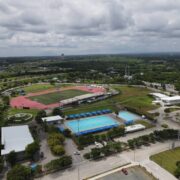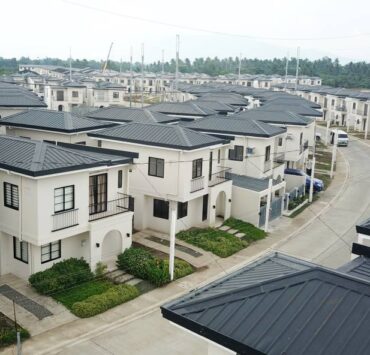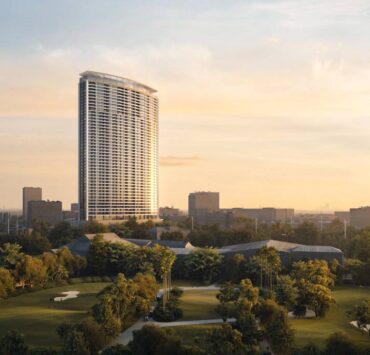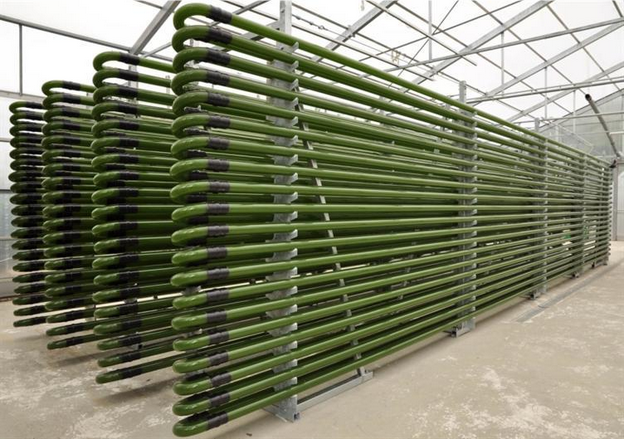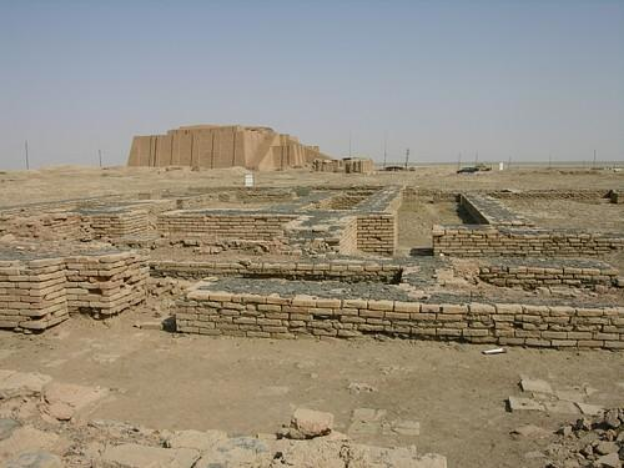Challenges and opportunities in the New Year

The typically months-long festive Christmas celebration in the Philippines was met with some sobering news towards the end of 2024.
Reputable market research firms reported several years’ worth of residential inventory in Metro Manila and high vacancy rates in the office property market. While the industry has seen aggressive activity among players and has shown hopeful signs of recovery, the growth spurt of the past two years was also tempered by various local and global events.
Despite this, the overall residential price index trajectory in the Philippines has remained on an upward trend since 2016.
Latent demand
This is not surprising since population continues to simultaneously grow and urbanize. This means, there is latent demand for residential products.
Thus, the current inventory may be indicative of a few things—one is that the situation is part of the cyclical nature of real estate economics and that recovery should eventually happen; or, that residential real estate prices are not really reflective of actual demand.
Regardless, we can expect developers to respond tactically to these challenges.
To address the existing inventory of condominium units in the metropolis, fire sales, promos, freebies and attractive payment terms, increased commissions for sellers, and aggressive marketing efforts might be the more obvious tactics that could be employed.
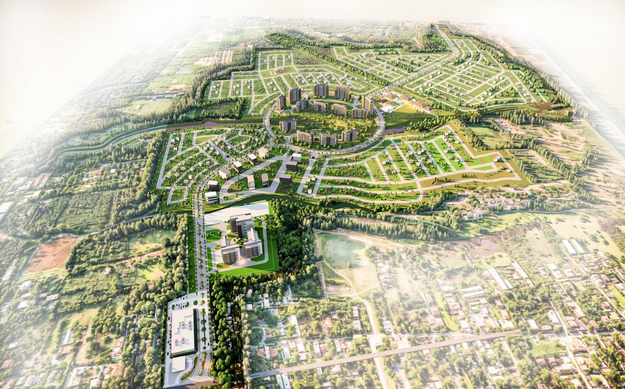
Strategic efforts
Beyond moving existing inventory, developers might shift focus and seek growth through more strategic efforts.
Already, many have turned towards horizontal developments that are more flexible in scale of implementation, less capital intensive per unit area of development, and easier to adjust to shifting markets. Having a balanced portfolio that doesn’t rely too heavily on one type of development may be a prudent approach that can allow developers to minimize risk.
Price-value equation
The boom years prior to the pandemic required rapid ramp-up in production to capture as much of the available demand as quickly as possible. This prompted speed-to-market approaches of multiple launches, geographic expansion, and product standardization.
The current period, however, will require more deliberate and purposeful thinking from developers.
Buyers today can afford to be more discriminating, seeking the best products with the best deals offered by the top developers in the most sought-after locations. There are also qualitative considerations: prestige, aesthetics, pride of ownership, and other intangibles.
In this market, the price-value equation of real estate products will become even more important and will have to be calibrated by developers and made apparent to prospective customers.
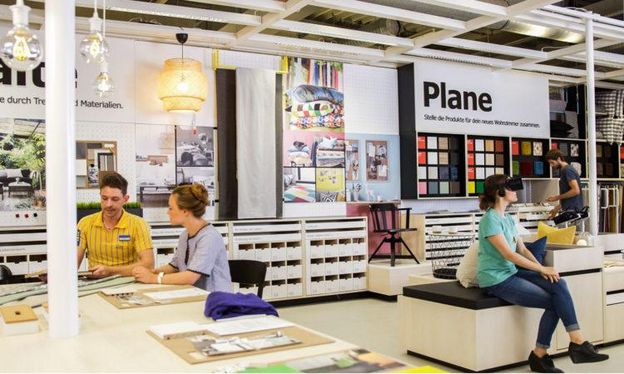
Beyond tactical interventions
The current market provides an opportunity for developers to revisit fundamentals and turn to enduring principles that attract buyers and deliver meaningful value to customers: product quality, good design, strong locations, reliable property management, differentiated products, and attainable prices.
In a sellers’ market, the focus is often on capturing more profit while in a buyers’ market, the perspective should shift towards delivering superior consumer experience whether the product is a condominium unit, an office space, or a shopping center.
Experiential environments
Retail, dining, and entertainment destinations can focus more on immersive and experiential environments. This may be key to connecting with the younger generations.
The physical space of lifestyle centers and retail shops are taking cues from hospitality design. Unique offerings that deviate from the usual retail and restaurant chains can offer authenticity.
It should be noted that a vast number of people who go to shopping malls are not primarily purchasing goods. What they consume is the experience of the space itself.
Thus, the spatial quality of the retail environment becomes the product. With today’s technology, the physical experience is augmented digitally.
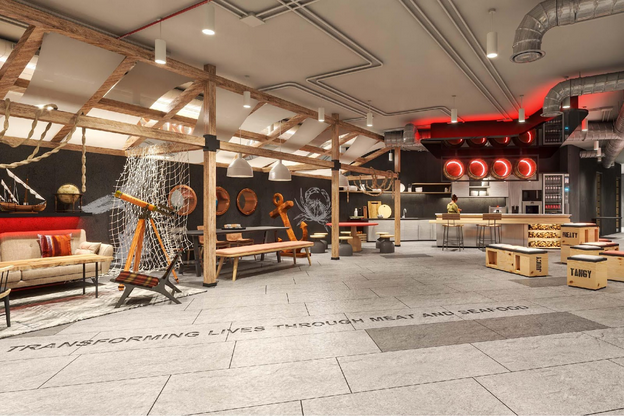
Personalized spaces
Residential developments could offer more personalized living spaces.
Changing demographic profiles, family composition, varied life stages, and purchase capacity reflect more nuanced characteristics that need to be addressed in offering homes.
Having a finer grain of options may be a way to expand the market. Targeting the product to fit specific buyer profiles rather than the usual broad market segments and pricing these according to attainability could deliver greater value to customers.
Dynamic workspaces
Workplaces today are challenged. People need a reason to show up at work—seeking vibrant, flexible work environments that do not entail sacrificing personal needs.
Delivering this should go beyond providing beanbags and ping pong tables at the office. It may imply more dynamic workspaces where living and working environments are more integrated and suited to changing lifestyles.
In essence, new workspaces need to provide environments that enable workers to experience what they cannot through remote working. From a broader perspective, rethinking the future of the workplace implies a rethinking of the business district itself.
Creating interesting places
The concept of livability, amenity, recreation, enterprise, are now interpreted in many ways and the appeal of a place extends to a wider and more varied audience seeking diverse experiences.
The more nuanced needs of an evolving market demands more innovation and creativity from property developers.
Hopefully, with a shift in our view of real estate products, we will not only generate more value to customers but also create more interesting places.
The author is a built environment professional and is the founder and principal of JLPD, a masterplanning and property consultancy firm. Visit www.jlpdstudio.com
The author is a built environment professional and the founder and principal of JLPD, a master planning, architecture and property consultancy. www.jlpdstudio.com













